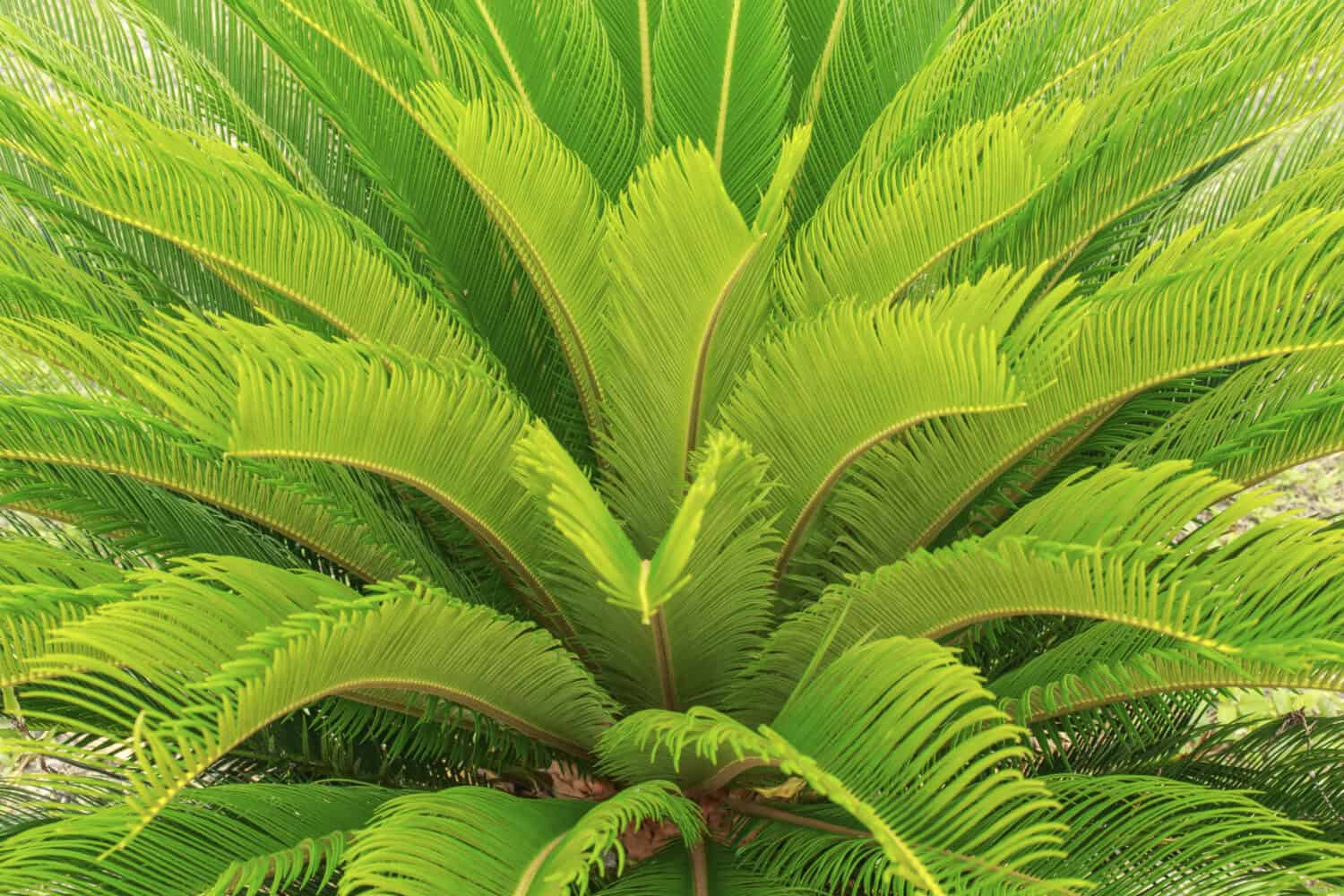Say What? Sago Palms and Pets

It’s Pet Poison Prevention Week, and what better time to talk about one of the foremost dangers for Texan pets: the Sago palm.
This toxic plant is all too common in our neck of the woods, and pet owners need to be aware of its potential dangers. Learn all about Sago Palms and pets and how to keep your four legged family members safe.
Identifying the Sago Palm
In order to avoid something dangerous, you need to know how to spot it. Do you know what a Sago palm looks like?
Sagos naturally grow in our climate and may be found in natural landscapes in the area. They are also sometimes used as ornamental plants. These palm-like plants aren’t really palm trees at all, but rather a member of the cycad family. They also go by the name of Coontie Palms or Cardboard Palms.
The Sago Palm is an evergreen that has a rugged, rough bark that with arching, glossy green fronds that grow in a circular pattern. They can grow up to six feet and bear a round, orange seed that falls to the ground.
Why Sago Palms and Pets Don’t Mix
Sagos are an ancient plant, originating in the Mesozoic era. To have survived this long, they have developed a very efficient way of being picked off: they are extremely toxic.
Cycad palms such as Sagos produce three main toxins, with cycasin being the main danger to our pets. All parts of the plant are toxic, but the seeds that are littered on the ground around the plant contain the highest concentration of poison and are most likely to be ingested by curious animals.
Sago Palms and pets are not a good combination. This slow moving toxin starts to cause symptoms within 24-72 hours of ingestion and may last up to nine days. Main symptoms of toxicity include:
- Vomiting
- Bloody stool
- Yellowing of the mucous membranes
- Liver failure
- Blood clotting abnormalities
- Neurological signs such as seizures
Even with aggressive treatment, not all pets make it. It is very important to be sure that your pets do not have access to these deadly plants. Be sure to remove them from your yard if possible and use caution when taking your pet for walks.
If you think that your pet may have ingested part of a Sago Palm, quick action is vital. As with many toxin exposures, immediate treatment can mean the difference between life and death. BeeVet Animal Hospital is here to help your pet. Never hesitate to give us a call, no matter the problem.
